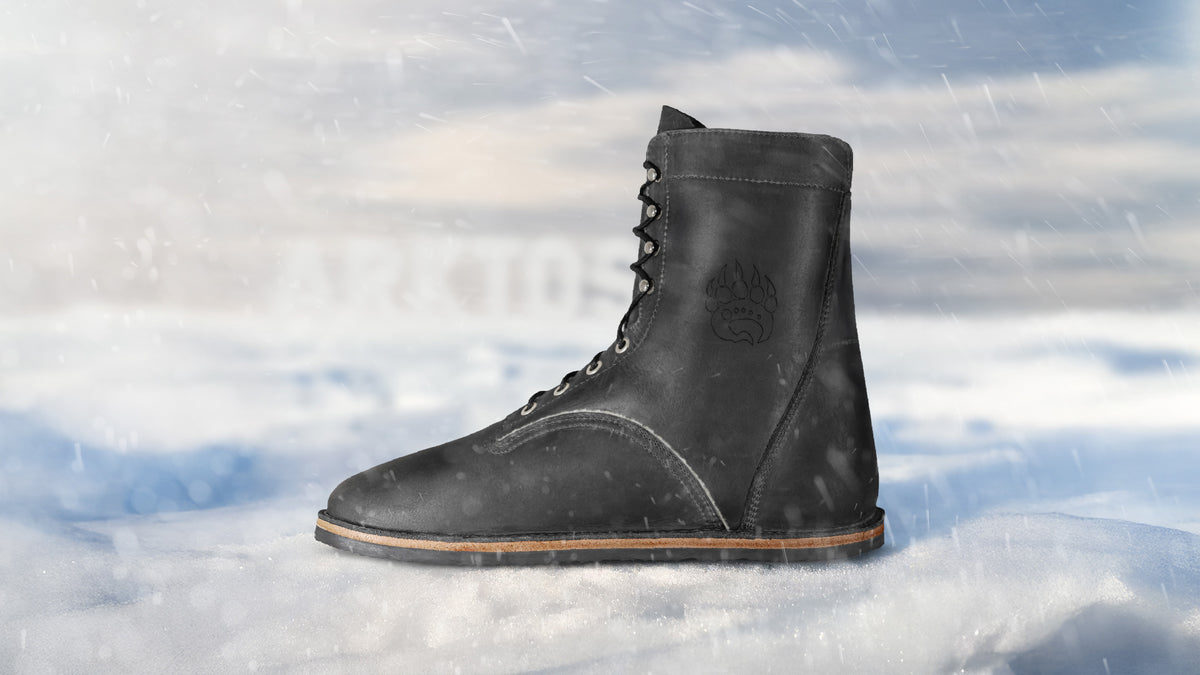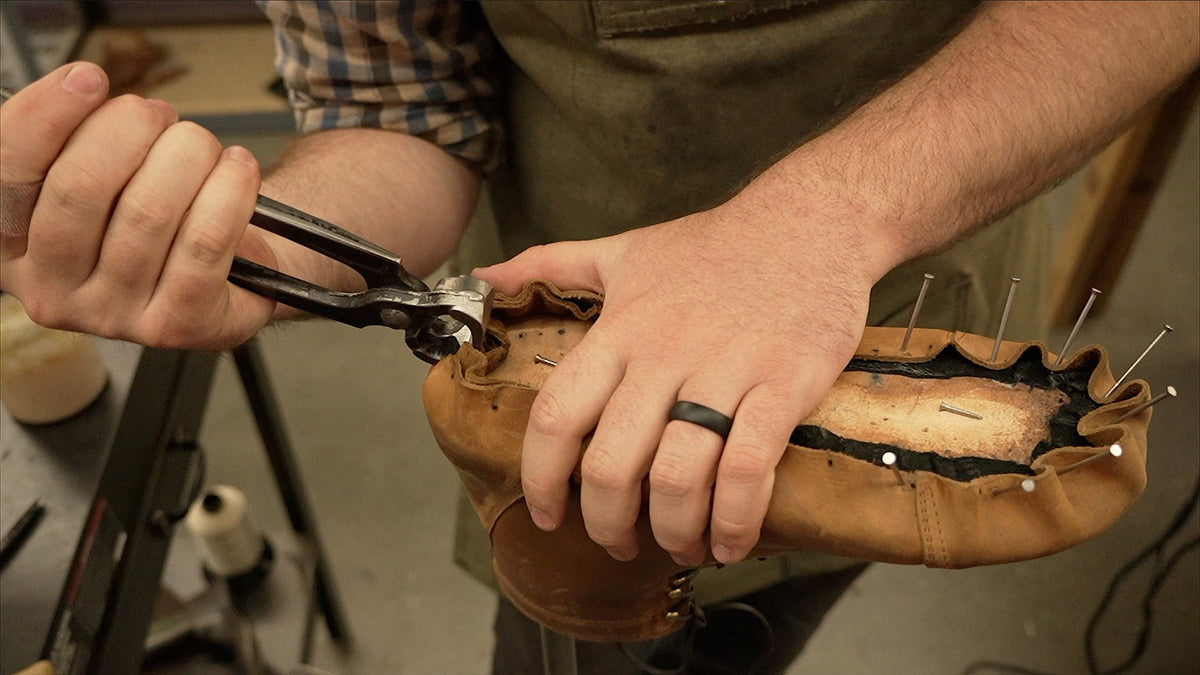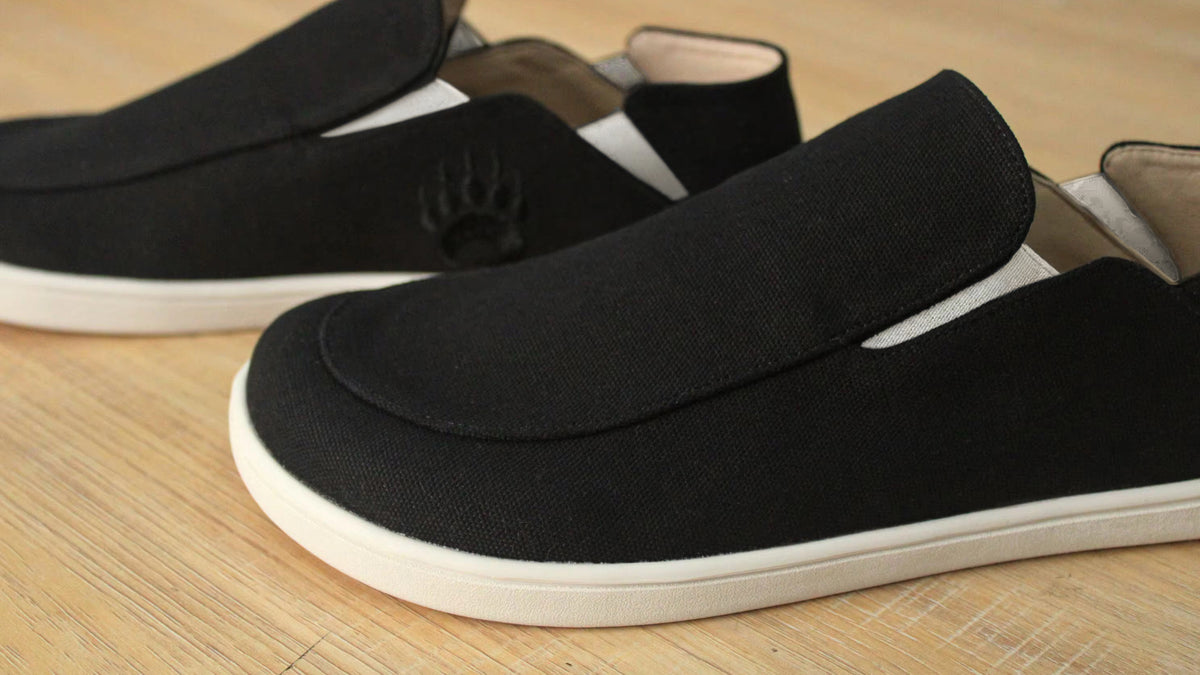What is Zero-Drop? Separating Fact from Fiction in Footwear
Understanding Zero-Drop: More Than Just a Trend
Zero-drop shoes are often hailed as revolutionary in the running and fitness world, but confusion still surrounds what the term actually means. Many believe zero-drop is synonymous with barefoot shoes, but these two concepts are not identical. This guide will clarify what zero-drop really is, its benefits, and how it differs from barefoot style footwear.
What Does Zero-Drop Mean?
Zero-drop refers to the difference in height between the heel and the toe in a shoe. In traditional running or athletic footwear, the heel is elevated above the toes by several millimeters. A shoe labeled as zero-drop has no height difference between the heel and the toe—standing flat, just as you would be if you were barefoot on the ground.
- Zero-drop = No elevation difference between heel and toe
- Typical drop in standard shoes can be 6-12 mm or more
- Zero-drop can be found in a variety of shoe types, not just barefoot shoes

Busting the Myth: Zero-Drop vs. Barefoot Shoes
Many consumers check shoe labels for zero-drop, assuming this guarantees a barefoot experience. However, this is not always the case. While all barefoot shoes strive for zero-drop, not all zero-drop shoes have the features of a barefoot shoe.
Main Differences Explained
- Zero-Drop: Focuses only on the heel-to-toe height ratio
- Barefoot-Style: Features a wide toe box, highly flexible sole, thin cushioning, and exceptional ground feel
-
You can have barefoot shoes that are not perfectly zero-drop, and cushioned running shoes that are zero-drop but not barefoot
Why Does Zero-Drop Matter?
A zero-drop shoe puts your foot in a neutral, natural position. This can enhance proprioception—the ability to sense the position and movement of your body—allowing for better balance and form during walking, running, or training.
- Promotes proper posture
- Encourages natural gait
- May reduce certain injuries linked to uneven weight distribution
How Barefoot and Zero-Drop Help You Train
We like to use the analogy of an arm in a cast to explain why minimal, barefoot-style shoes matter. When your foot is encased in a stiff, narrow shoe with cushioning and an elevated heel, its muscles weaken from lack of use. Just as an immobilized arm atrophies, so does a poorly used foot.
- Conventional shoes restrict foot movement and natural splaying of toes
- Muscles weaken over time due to lack of engagement
- Weakened feet increase risk of dysfunction and injuries
Barefoot shoes with zero-drop help strengthen the muscles, ligaments, and tendons in the feet, encouraging the development of stronger, more capable feet and ankles. This support translates into improved performance in sports, the gym, and daily life.
Zero-Drop Does Not Equal Barefoot Benefits
If you're shopping for shoes to get all the barefoot benefits, zero-drop is only part of the equation. Look for these additional qualities:
- Wide toe box for natural toe splay
- Minimal cushioning for greater ground feedback
- Flexible sole that bends and twists with your foot
- Durable material with little restriction
Some zero-drop shoes are highly cushioned and stiff, aimed at runners looking to avoid heel lift but not built for natural movement or strengthening feet. On the other hand, true barefoot shoes resemble how our feet move and respond to the world naturally.
Taking Action: Choosing the Right Shoe for You
When assessing a new shoe, go beyond the zero-drop label. Handle the shoe. Can you twist and bend it easily? Is the toe box wide enough for your toes to spread out? Is the cushioning thin so you can feel the ground? Answering yes means the shoe will likely help you build stronger, healthier feet.
Here are actionable tips when shopping:
- Don’t rely solely on marketing buzzwords like zero-drop
- Test flexibility and ground feel
- Prioritize wide toe boxes and minimal cushioning
Conclusion: Build Stronger Feet, Move Better
Zero-drop is an important concept in footwear, but it is not the be-all and end-all when it comes to foot health and performance. Remember that zero-drop and Barefoot are not interchangeable—one refers to the shoe’s heel-to-toe ratio, while the other focuses on whole-foot function and natural movement.
If you are serious about improving your performance, reducing injury risk, or just moving better every day, look for barefoot shoes that check both boxes: zero-drop and barefoot-style features. Strengthen your feet like you do the rest of your body. To learn more about foot health and performance footwear, subscribe to our newsletter, and start your journey toward healthier, happier movement today.



